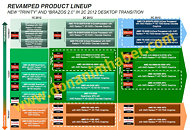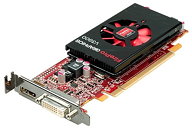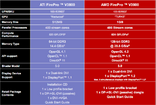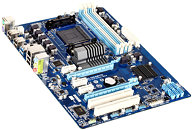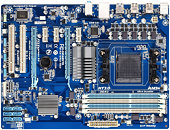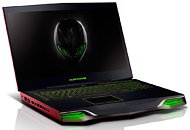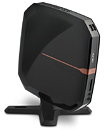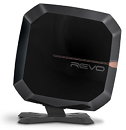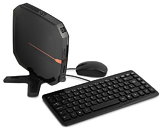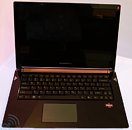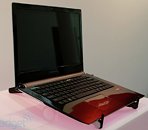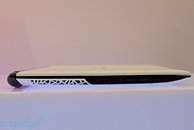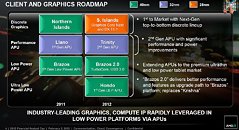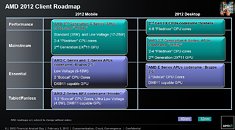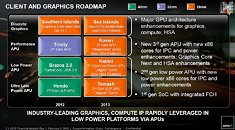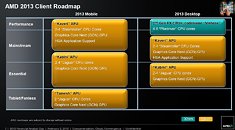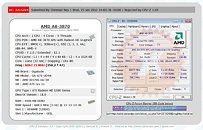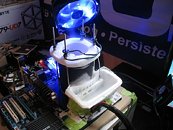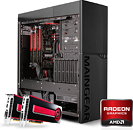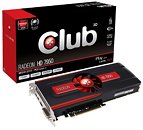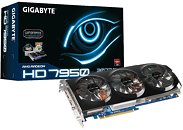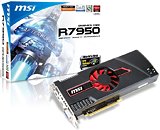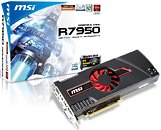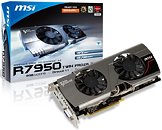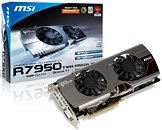
TechPowerUp GPU-Z v0.5.9 Released
TechPowerUp today released the latest version of GPU-Z, the popular graphics subsystem information and diagnostic utility. GPU-Z briefs you on the graphics hardware installed in the system, and lets you monitor clock speeds, voltages, temperatures, fan-speeds, and other information in real-time. The new version adds full-support for AMD's Radeon HD 7700 series "Cape Verde" GPUs (HD 7770 and HD 7750) that are bound for launch a little later this month. The new version also has an updated ASIC Quality calculation formula that makes reading on NVIDIA GPUs more reliable.
Other important updates include voltage monitoring support for Radeon HD 7970 and HD 7950; support for some rare GeForce GT 520 variants that are based on GF108, GeForce GTX 555 (OEM), GeForce 305M, and GeForce 610M; and more reliable memory size reading for AMD Radeon graphics cards with large memory sizes. Sensors now refresh in the background by default (and not just when the Sensors tab is in the foreground). The board ID is now displayed along with the BIOS version string.DOWNLOAD: TechPowerUp GPU-Z 0.5.9 | TechPowerUp GPU-Z 0.5.9 ASUS ROG-Themed
The complete change-log detailing even more updates follows.
Other important updates include voltage monitoring support for Radeon HD 7970 and HD 7950; support for some rare GeForce GT 520 variants that are based on GF108, GeForce GTX 555 (OEM), GeForce 305M, and GeForce 610M; and more reliable memory size reading for AMD Radeon graphics cards with large memory sizes. Sensors now refresh in the background by default (and not just when the Sensors tab is in the foreground). The board ID is now displayed along with the BIOS version string.DOWNLOAD: TechPowerUp GPU-Z 0.5.9 | TechPowerUp GPU-Z 0.5.9 ASUS ROG-Themed
The complete change-log detailing even more updates follows.


